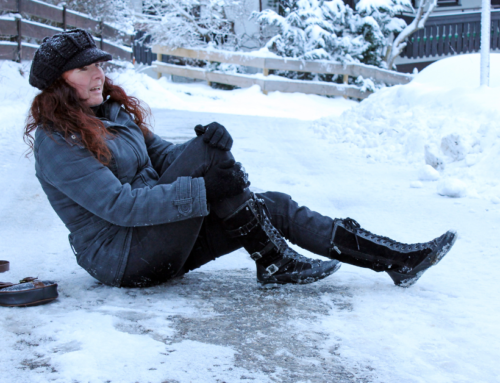The Covid-19 pandemic affected many people and is still continuing to do so in various ways, especially those with breast cancer, and other forms of cancer. Obviously, coronavirus hugely affected the NHS, its staff, and the services offered. Some non-urgent services were paused, and staff were re-deployed to different departments to care for patients who were suffering from Covid-19.
Breast Cancer screening at the beginning of the pandemic
In March 2020, all 78 NHS breast screening units (BSUs) made the decision to pause screening services for 3 months. This was in order to protect patients, and allow staff to respond to the pandemic.
By mid-April 2020, most BSUs either continued or restarted to screen very high-risk women. With the majority of BSUs restarted screening in July 2020, and all had restarted screening by September 2020.
5 cancer types, skin, breast, lower gastrointestinal, urological and lung make up 70% of the first consultant appointments for suspected cancer. Overall, GP referrals for suspected cancer for these 5 cancer types were down by around 60%. But by April 2021, GP referrals for breast cancer were up 10% on pre-pandemic levels.
Routine breast screening for the total eligible population commenced across the BSUs in June and July of 2020.
Why there was a backlog in breast screening
There are a few factors that together, contributed to the backlog in women waiting for breast screening services in England and Wales.
- Covid-19 laws meant that those testing positive had to self-isolate so as to not spread the virus. This in turn meant that staff absence and sickness rates were higher than average because of Covid-19 infections. So, when breast screening services were running, they were running at a lower capacity due to fewer staff being available.
- Breast screening services were paused for varying amounts of time, to re-purpose staff in different departments. This ceasing of the services meant that numbers due to be seen began to grow.
- Covid-19 restrictions included social distancing, and extra cleaning measures, which in turn extended appointment times. In order to keep patients safe. However, this meant that available appointments in a day were reduced, as appointment times had to be extended.
- Fewer women were presenting for screening as they were shielding or self-isolating
- Local variations in the pandemics infection numbers, and local restrictions
Treatment for breast cancer during the pandemic
Covid-free hubs were created to protect those going through cancer treatment, with treatments developed which meant patients were able to visit hospitals less frequently. However, in May 2020, the number of first treatments for breast cancer was 46.6% lower than pre-pandemic levels.
How the NHS is planning to deal with the effects of the Covid-19 pandemic on cancer services
New guidance has been announced that aims to tackle the backlog and return activity to pre-pandemic levels. This ultimately means working above pre-pandemic levels to deal with new referrals and diagnoses whilst clearing the backlog of patients who have had services delayed.
Analysis by Macmillian Cancer Support of the trajectory of the rate of recovery, suggests it would take 20 months to work through this diagnosis backlog if activity was increased to 10% above pre-pandemic levels and sustained.
Whilst the pandemic contributed to the innovative technologies used to treat cancer types, it also put a huge strain on the NHS services and capacity. With the effects as a whole and to individuals still being experienced today.
Contact Us
If you’d like to discuss how the Covid-19 pandemic has affected your breast cancer diagnosis or treatment, please get in touch with our personal injury team. Call us on 01782 662424 or email us at info@beestonshenton.co.uk




